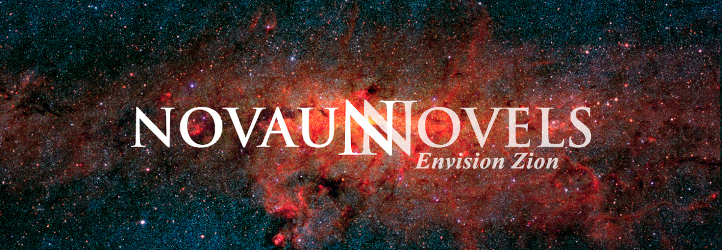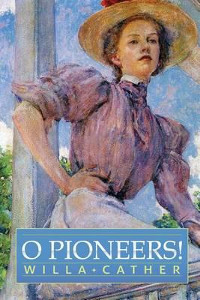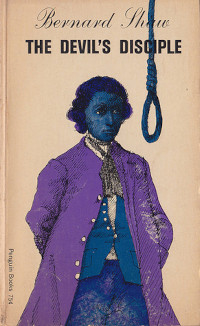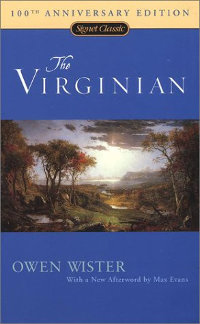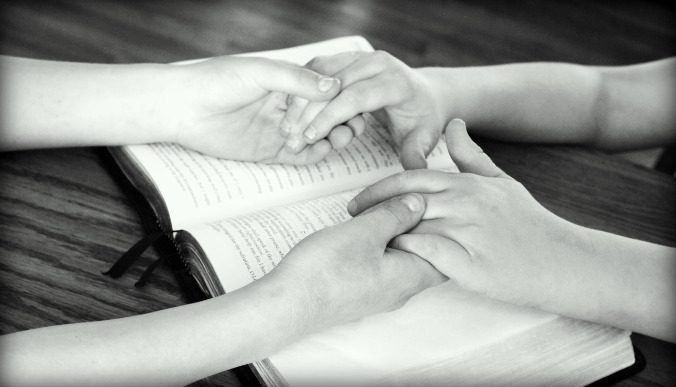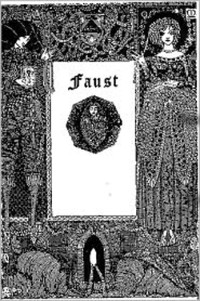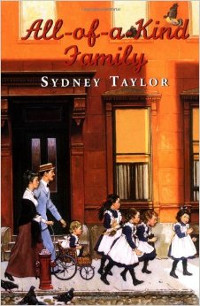
All-of-a-Kind Family, by Sydney Taylor, illustrated by Helen John (Juvenile fiction)
“It’s the turn of the century in New York’s Lower East Side and a sense of adventure and excitement abounds for five young sisters—Ella, Henny, Sarah, Charlotte and Gertie. Follow along as they search for hidden buttons while dusting Mama’s front parlor, or explore the basement warehouse of Papa’s peddler’s shop on rainy days. The five girls enjoy doing everything together, especially when it involves holidays and surprises. But no one could have prepared them for the biggest surprise of all!”
Twenty and Ten, a.k.a. The Secret Cave, by Claire Huchet Bishop, illustrated by William Pene du Bois (Juvenile fiction)
“During the Nazi occupation of France, twenty ordinary French kids in a boarding school agree to hide ten Jewish children. Then German soldiers arrive. Will the children be able to withstand the interrogation and harassment?”
One of the women in my book group read all kinds of wonderful children’s literature when she was a girl and often recommends books the rest of us have never heard of. One of those books was All-of-a-Kind Family. Whenever I read a particularly delightful children’s book like this one as an adult, I often wonder how I would have liked it had I read it as a child. This time around, I began thinking fondly about the books I did read as a girl, and one of my most beloved books was a short novel entitled The Secret Cave, which was originally published with the title Twenty and Ten. I still have my little scholastic edition of The Secret Cave, with its torn cover and taped up, yellowed pages, and I have enjoyed reading it to my children.
Continue reading